The Plough and the Stars by Sean O’Casey looks at the Irish nationalist movement during the events of Easter 1916. The setting is a Dublin tenement where the residents exchange gossip and insults and sometimes punches. What begins as an elevated soap opera develops into a tragedy of vast and harrowing proportions.
Sean Holmes’s production was first seen at Dublin’s Abbey Theatre and it tells the historic tale with contemporary costumes and furnishings. These chronological confusions rarely work but the performers here have so much spirit, energy and truthfulness that the narrative feels immediate and topical. The set is spare, unlovely, brutal. A scaffolding rig and a few rough wooden flats are ingeniously configured to create a pub, an apartment, a Dublin street, and a besieged attic. O’Casey sets out to show how the febrile atmosphere of civil war can unleash sub-conflicts between neighbours and families. We meet newly-wed Nora who conceals a letter summoning her husband to serve in the militia. She’s pregnant, and she risks her spouse’s anger in order to save his life. Young Covey, a jack-in-the-box Marxist, encourages everyone to despise the rebels because they’re fighting their fellow proletarians rather than their capitalist overlords. A Dublin mother with a son enlisted in the British army regards the rebellion as a murderous stunt arranged by attention-seeking fools. To defy the nationalists, she unfurls a Union Jack and sings ‘Rule Britannia’. This odd attitude, by no means uncommon in Dublin in 1916, has been all but erased from history by Irish patriotic sentiment.
At the play’s heart is Fluther Good, a self-taught Dublin labourer, who sinks too many whiskies and starts a fight in a pub after hearing a prostitute being called ‘a prostitute’. How swiftly disputes over labels can escalate into violence. A late scene illustrates the horrific banality of war. Nora, driven mad with grief, brews a pot of tea unaware that her neighbour on the floor beside her has been hit by a stray bullet and is bleeding to death. It’s an exquisitely macabre juxtaposition: here a pot of tea, there a dying citizen.
The ensemble work is superb. Not a false note anywhere. The raucous militancy of Hilda Fay (Bessie Burgess) is terrible and fascinating to watch. Phelim Drew (Fluther) gives a fabulous account of barely caged virility. Ciaran O’Brien brings out the glinting and aggressive cowardice of the bar-room communist who wants everyone to fight but himself. Loud claims are made for O’Casey to be hailed as one of the greats. On this evidence, the verdict seems indisputable.
The Great Wave has a riveting true-life storyline. In the 1970s, North Korea sent teams of kidnappers to abduct Japanese citizens from Japan’s undefended coastline. The captives were forced to teach Japanese to Korean spies who would then visit Japan and commit acts of terror. We meet 17-year-old Hanako, who vanishes during a walk on the beach. Her Mum and sister call the police but they fail to investigate properly. We flip to Korea where Hanako is held by her bullying captors and ordered to hold Japanese classes for undercover spies. Flip back to Japan where mum and sis are being helped by an amateur sleuth who wants to investigate the disappearance further. Flip back to Korea where Hanako’s chief tormentor has become her best pupil.
The first act lasts an hour and is marked by much on-stage screaming and weeping. Hanako is yelled at by the nasty Koreans. And she yells back at them. Her distraught mum and sis bicker and scream a lot too. This is unsettling and alienating to watch. Actors who indulge in top-volume emotions never produce the same effect in their viewers. As theatrical lore has it: ‘When the performer cries the audience doesn’t.’
In addition, the show is encrusted with aural and visual distractions. A boxy set revolves this way and that, and the sound-track is replete with weather effects. Extra layers like this can indicate a lack of faith in the script and its ability to absorb the audience on its own merits.
The complex second half is a bit more satisfying. Hanako is forced to marry an ex-inmate of a Korean death camp and this damaged character turns out to be surprisingly noble and poetic. Flip back to Japan where mum and sis have found evidence that Hanako may still be alive. They send her a videotape begging for news. This scene is genuinely moving — and for obvious reasons. Mum and sis don’t want to upset Hanako so they work hard to contain their feelings, and the effect is far more troubling than a lot of overwrought actors flinging drenched hankies around the place in the hope of jerking tears from the crowd. This play has its moments but it takes too long to deliver its meagre rewards.
Got something to add? Join the discussion and comment below.
Get 10 issues for just $10
Subscribe to The Spectator Australia today for the next 10 magazine issues, plus full online access, for just $10.
You might disagree with half of it, but you’ll enjoy reading all of it. Try your first month for free, then just $2 a week for the remainder of your first year.

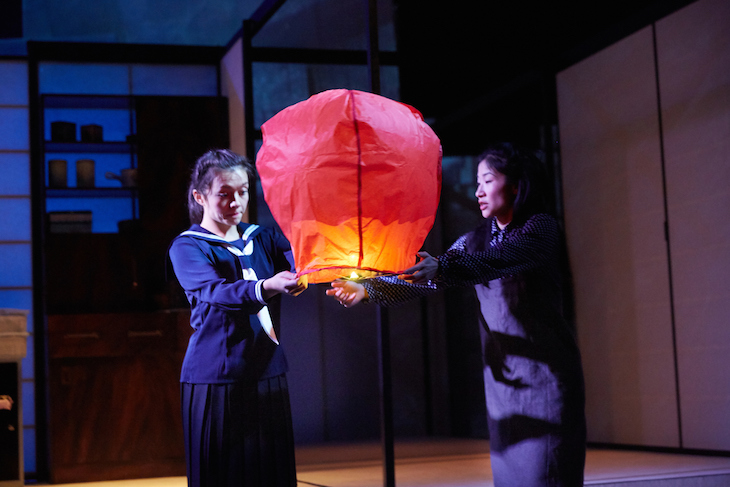
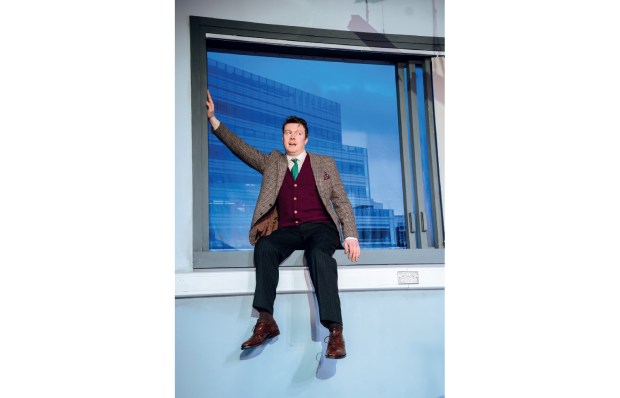
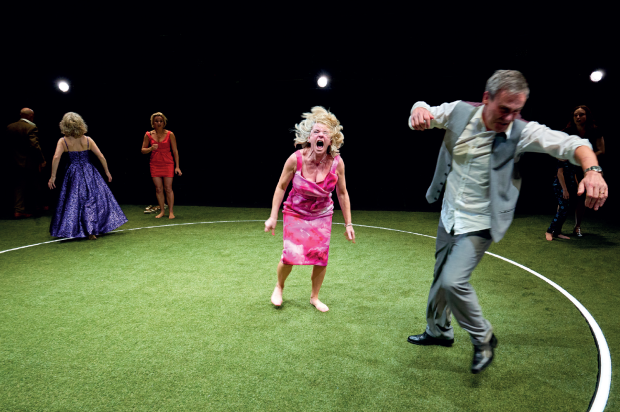
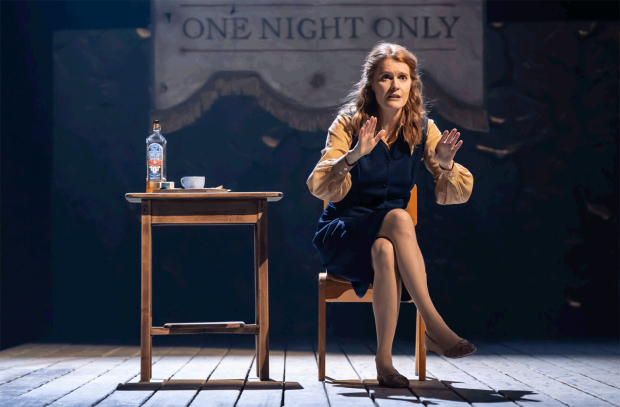
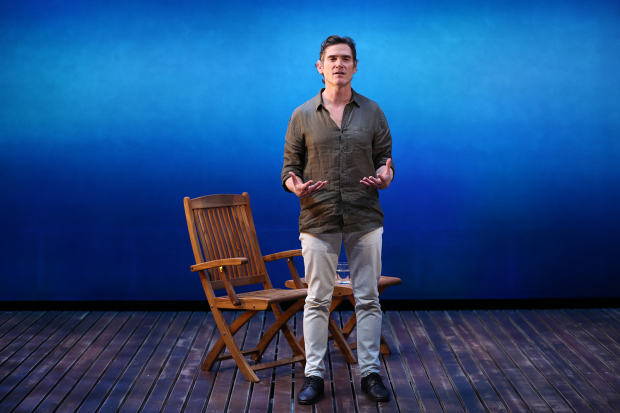
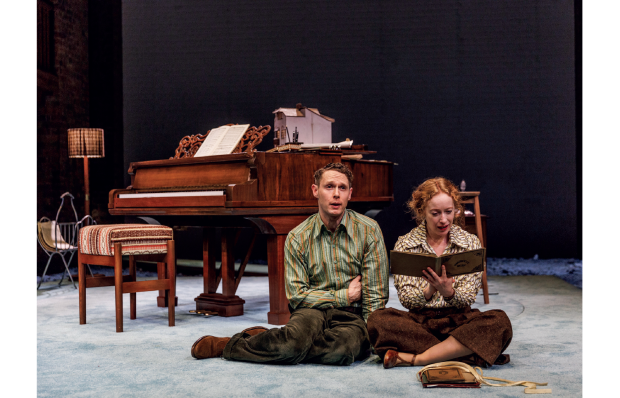
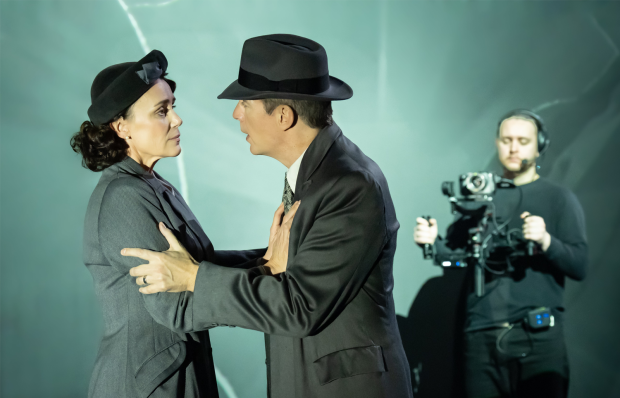






Comments
Don't miss out
Join the conversation with other Spectator Australia readers. Subscribe to leave a comment.
SUBSCRIBEAlready a subscriber? Log in